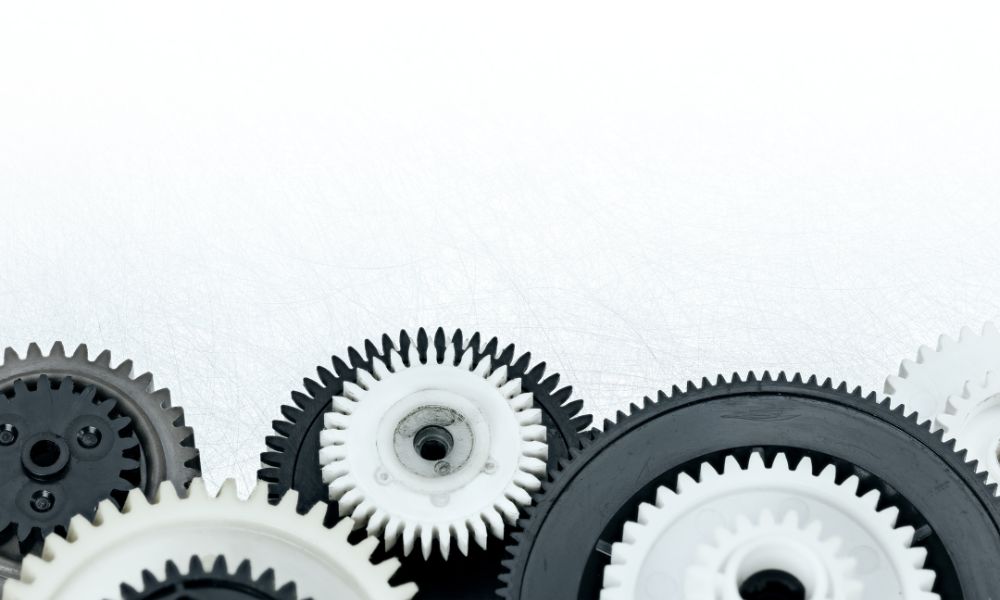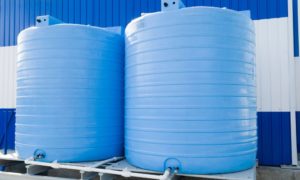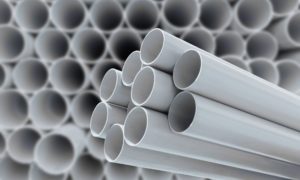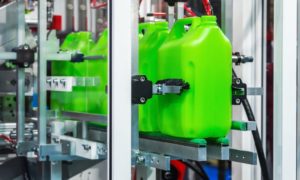In the high-stakes arena of automotive engineering, the unassuming plastic gear seems like an unlikely hero. However, we cannot overlook the myriad of innovations driving today’s automotive performance, including the use of plastic gears.
From Formula 1 to city runabouts, plastic gears are increasingly found under the hood, in the transmission, and across the vehicle’s systems. In this comprehensive guide, we unveil five extraordinary ways plastic gears improve auto performance, redefining what our beloved vehicles are capable of.
1. Precision Engineering
One of the primary attractions of plastic gears is their inherent design flexibility. Custom gear designs can be engineered with exacting precision to meet the unique performance requirements of modern vehicles. From hybrid powertrain integration to intricate gearbox systems, each gear is molded with precision-enhanced geometries, profiles, and tooth forms, tailored to the millimeter to impact performance on a macro scale. The stark weight reduction translates directly into enhanced performance.
2. Durability Redefined
Plastic gears challenge the perception of material durability. Longevity and wear resistance are qualities typically associated with traditional materials, but manufacturers engineer the latest plastics engineering technology (PET) gears to withstand the harshest engine conditions. The polymer technology behind modern plastic gears grants them consistent performance under varying temperatures.
3. Efficiency at Every Turn
Plastic gears’ low-friction properties enhance efficiency and reduce heat generation, leading to the conservation of mechanical energy. With their use of intelligent engineering techniques, such as self-lubricating polymers, plastic gears mark an eco-friendly trend that contributes to a reduction in dependence on fossil-based lubricants. In addition to reduced production expenses, the longevity and reduced wear attributed to advanced polymer compositions minimize the need for replacements and maintenance.
4. Innovating Materials
The edge in performance largely depends on the quality of the material. Innovative engineered plastic materials have pushed the envelope, with advancements that guarantee performance levels once believed to be unattainable by plastic components. Blended polymer materials that incorporate different polymer resins like PEEK, PAEK, and PEK have revolutionized the tensile strength and elongation at break profiles, ensuring the plastic gears can endure extreme loads without assuming a metallic taste for failure.
5. The Electric Revolution
The automotive industry is witnessing a seismic shift toward electrification, and plastic gears are at the forefront of this charge. Electric vehicles demand efficient gear designs capable of smoothly and silently transmitting torque while also being highly resistant to the constantly changing speeds and loads placed upon them. The precision of gear systems within the complexities of BMS ensures smooth and efficient operation, aiding the dynamic balancing, torque distribution, and repeated cycling required for modern electric car batteries.
Manufacturing the Future
The rise of plastic gears will largely determine the automotive industry’s fortunes. Their role in enhancing performance, ensuring durability, reducing noise, and integrating seamlessly into the electric future of mobility cannot be overstated. By understanding the different ways plastic gears improve auto performance, you can take part in this future as well.




